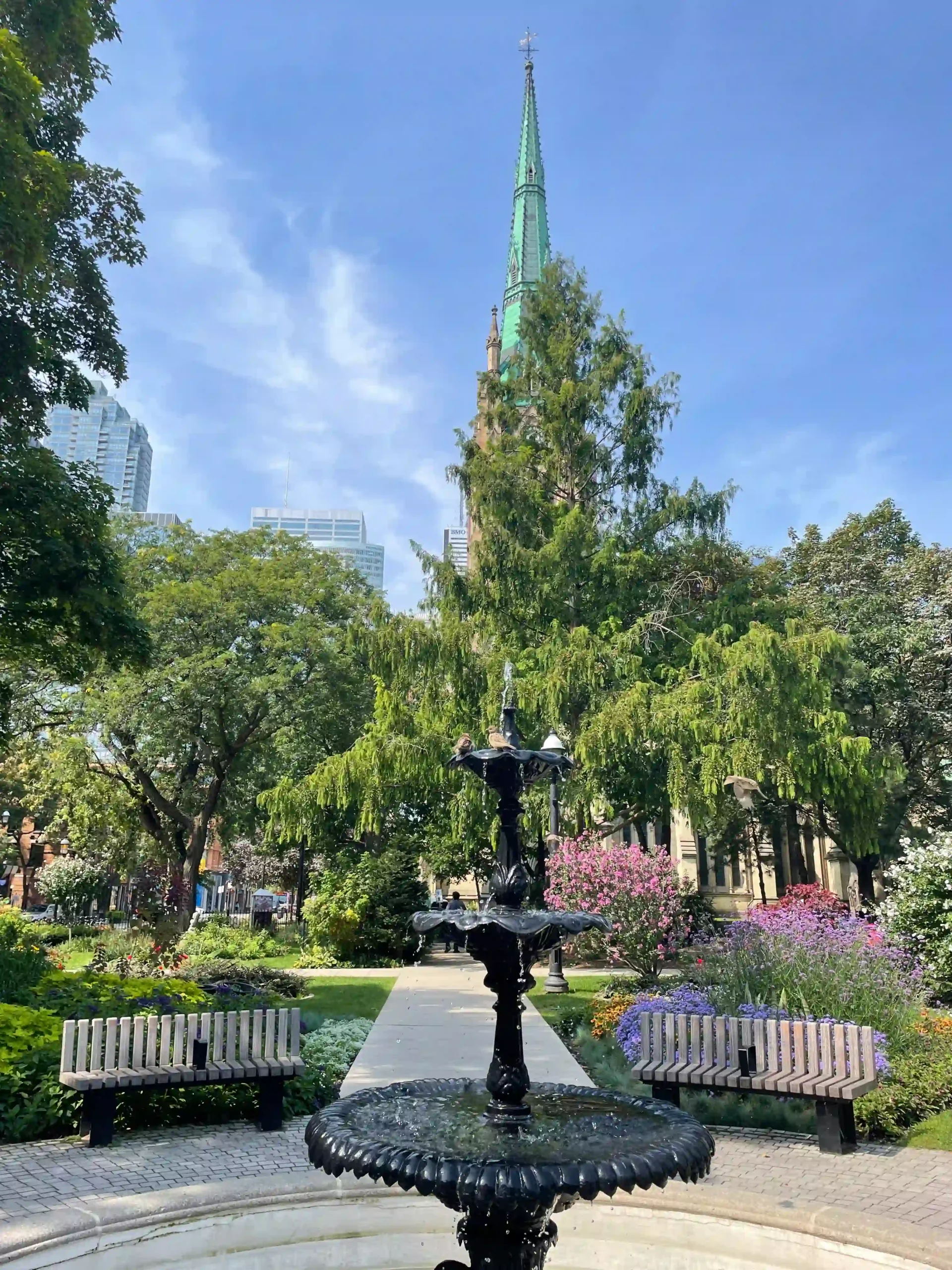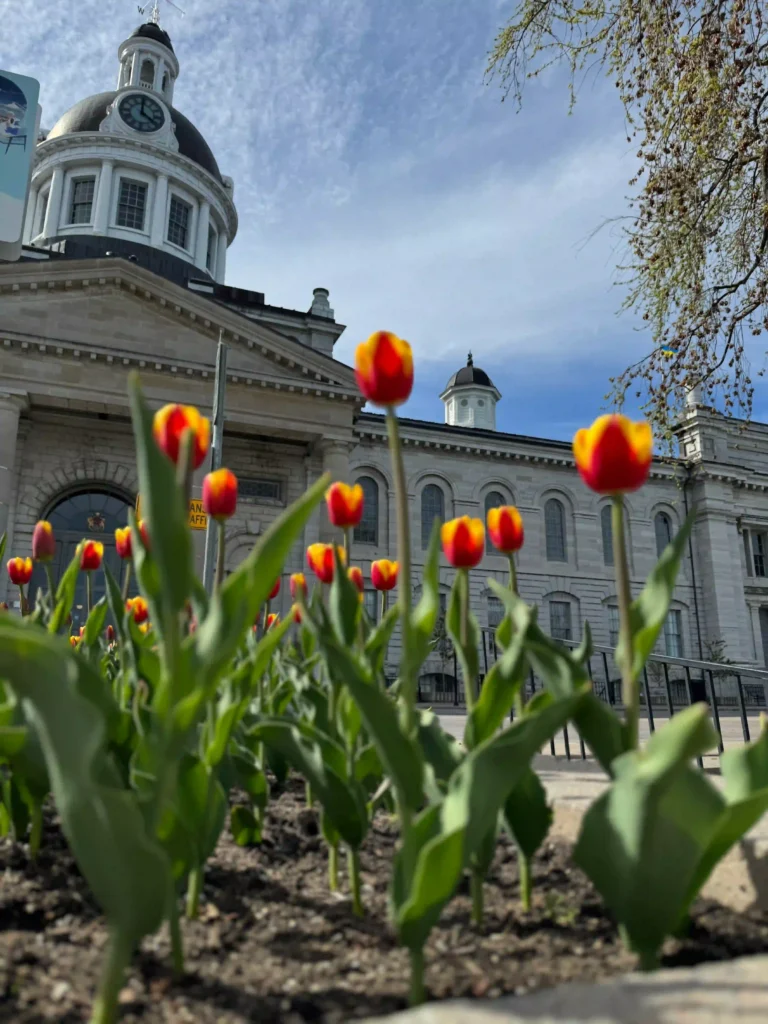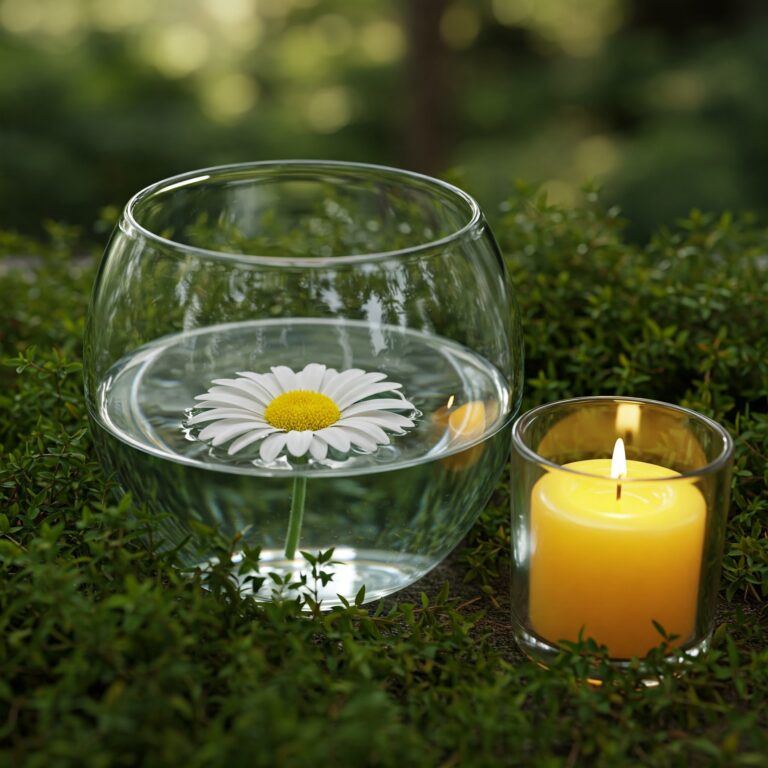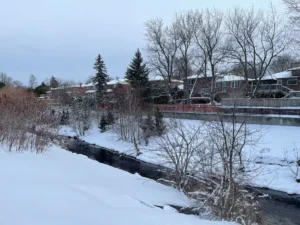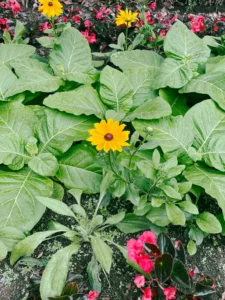Like many individuals and organizations, the A Wellness Whispers team started the year by setting our goals for 2025. As part of this process, we took a moment to reflect on why we started this project and the kind of content we want to share with our community.
This reflection brought us back to our roots: the desire to explore, understand, and learn from nature. It’s about taking what we discover, applying it to our lives, and sharing those insights with you as we navigate this journey together.
With that in mind, we’re excited to let you know that in the coming posts, we’ll be diving into the fascinating world of plants. Are you ready to explore it with us?
Types of Plants
The plant world is incredibly diverse, with countless species that can be broadly categorized based on their stems and life cycles. Plants are generally classified into two main groups: herbaceous and woody. Each group has unique characteristics that influence their growth, appearance, and ability to adapt to their environment.
Herbaceous Plants
Herbaceous plants are known for their soft, flexible stems that lack woody tissue (like trunks). These plants often have shorter life cycles, ranging from one to a few years. Examples include:
- Herbs: Parsley, basil
- Garden flowers: Daisies, marigolds
- Vegetables: Tomatoes, lettuce
- Medicinal plants: Chamomile, mint
Due to their structure, herbaceous plants are generally smaller and less durable than their woody counterparts.
Woody Plants
Woody plants, on the other hand, have rigid, sturdy stems thanks to the presence of woody tissues. This makes them capable of growing large and enduring harsh environmental conditions over long periods. Examples include:
- Trees: Oak, maple
- Shrubs: Roses, lavender
- Medicinal plants: Moringa, elderberry
Woody plants often live for decades or even centuries, making them vital to ecosystems and human life.
Plants, whether herbaceous or woody, play an essential role in the natural world. They provide us with food, medicine, and beauty, while also contributing to the health of our planet. As we explore more about this fascinating world, we hope to inspire you to connect with nature in new and meaningful ways.
Let’s keep growing together! 🌿
References
Mauseth, J. D. (2014). Botany: An Introduction to Plant Biology. 5th ed., Jones & Bartlett Learning. http://opac.cup.edu.in/bib/10097
Taiz, L., Zeiger, E., Møller, I. M., & Murphy, A. (2018). Plant Physiology and Development. 6th ed., Sinauer Associates. https://sirsyedcollege.ac.in/crm/public/uploads/download_image/H8aTDrHeKuTogISO7SE1r80gjP2dmU.pdf

